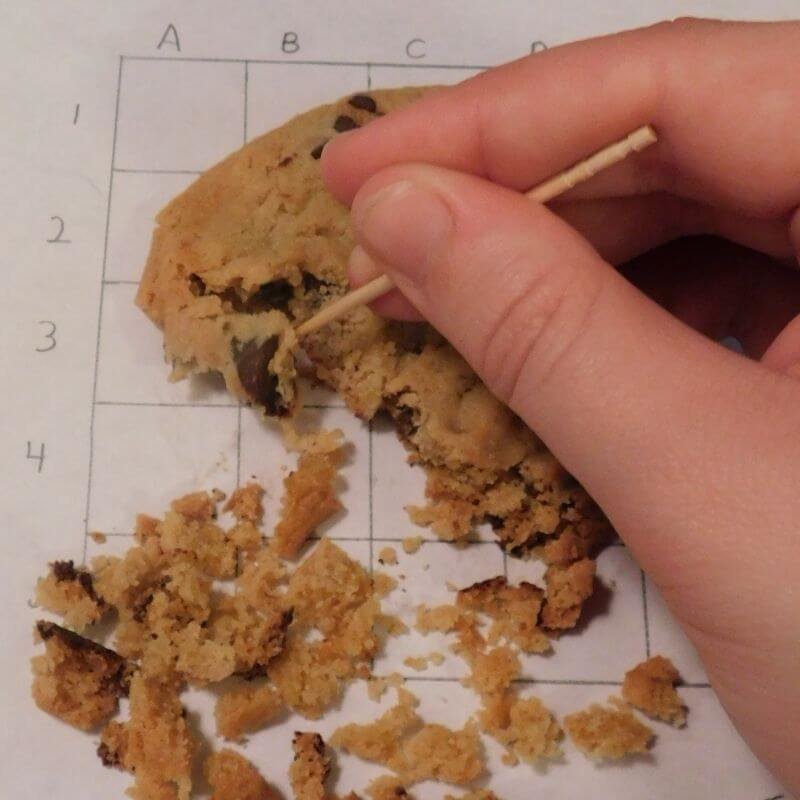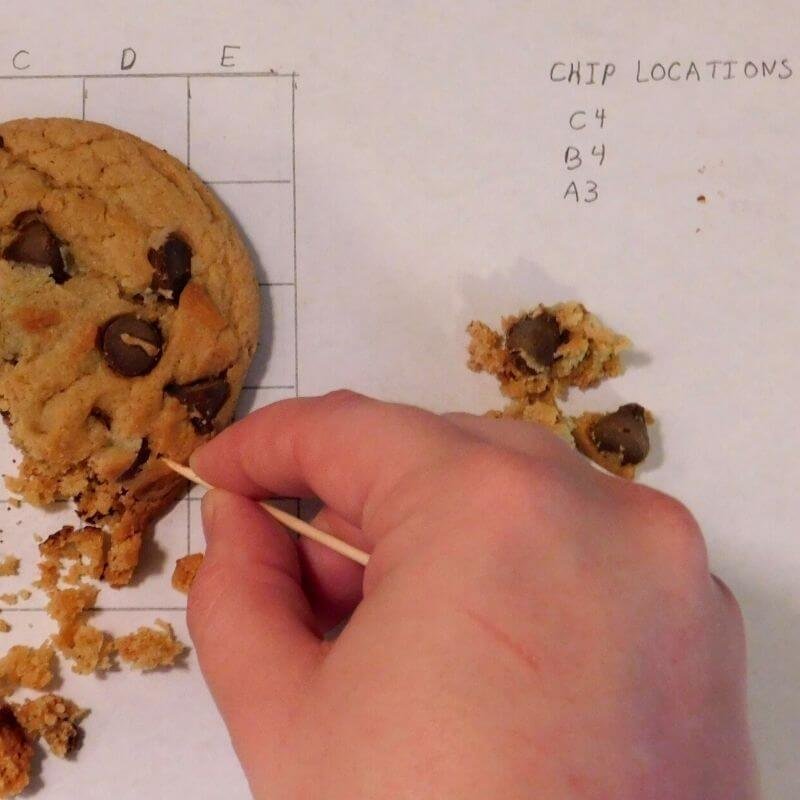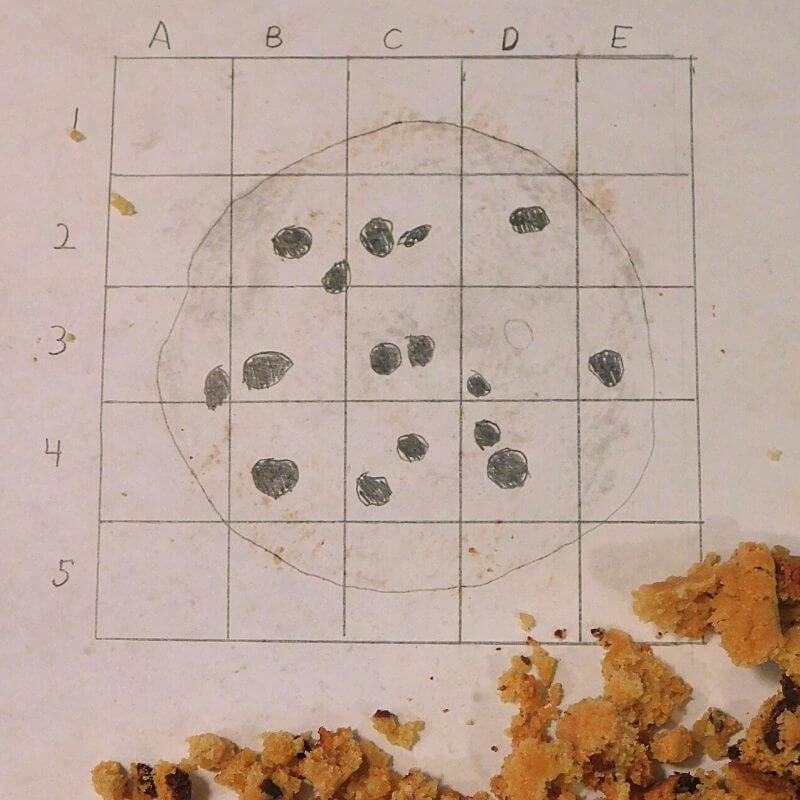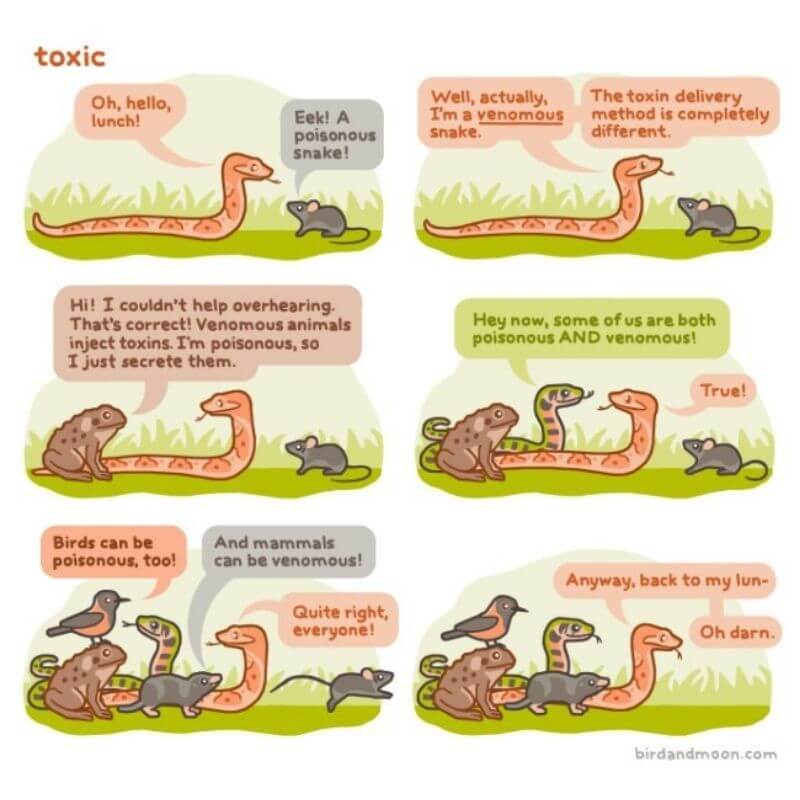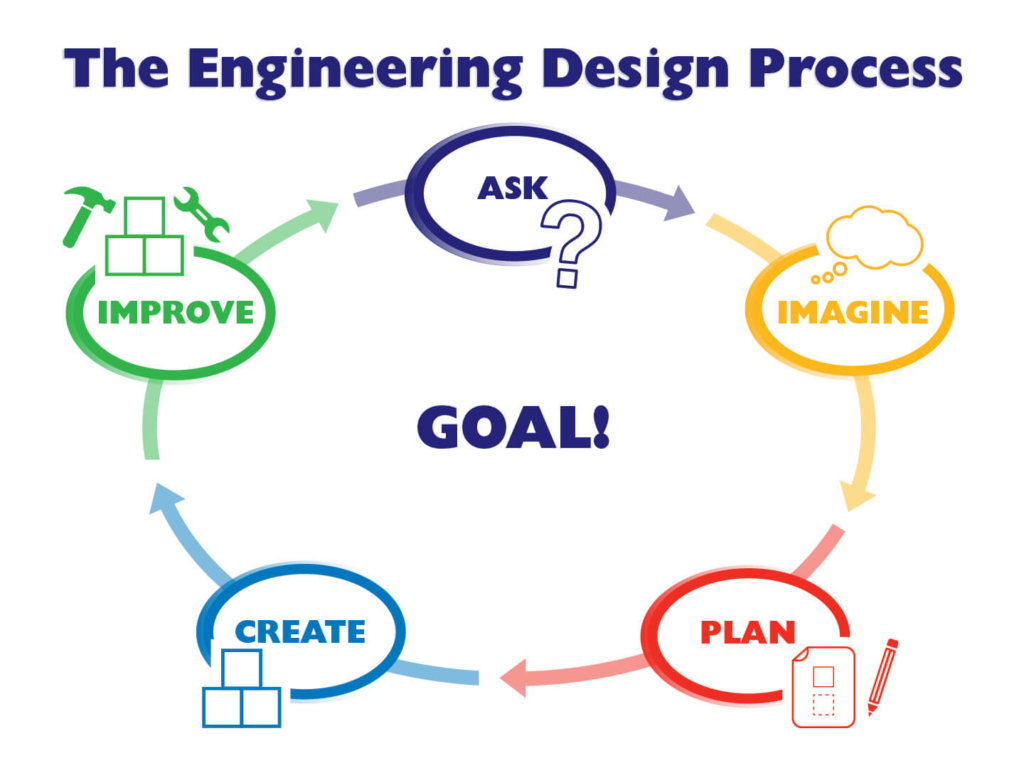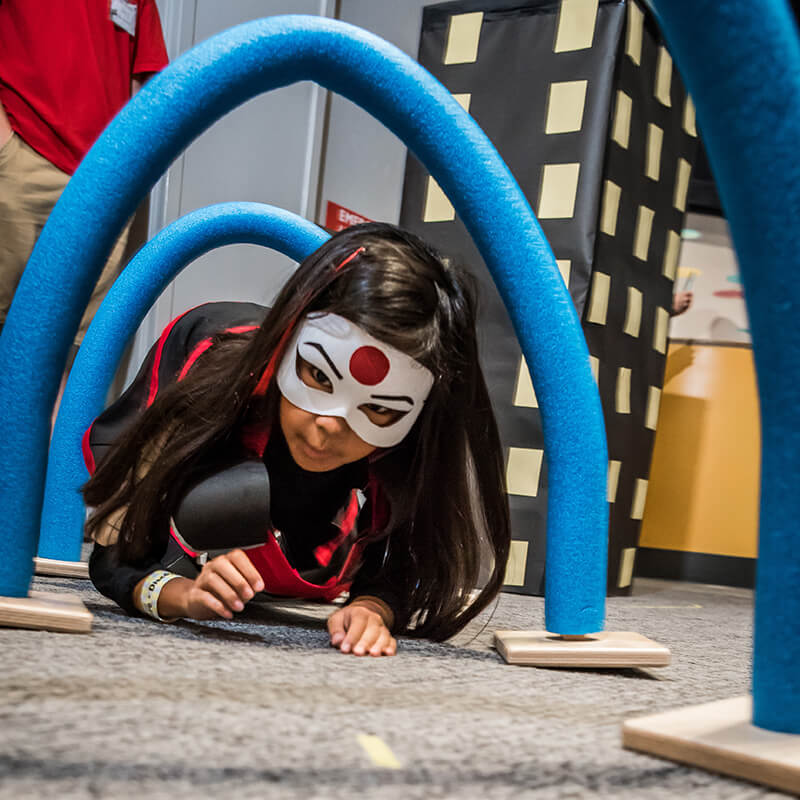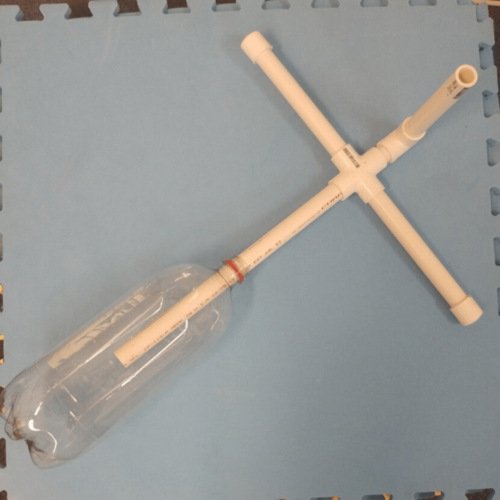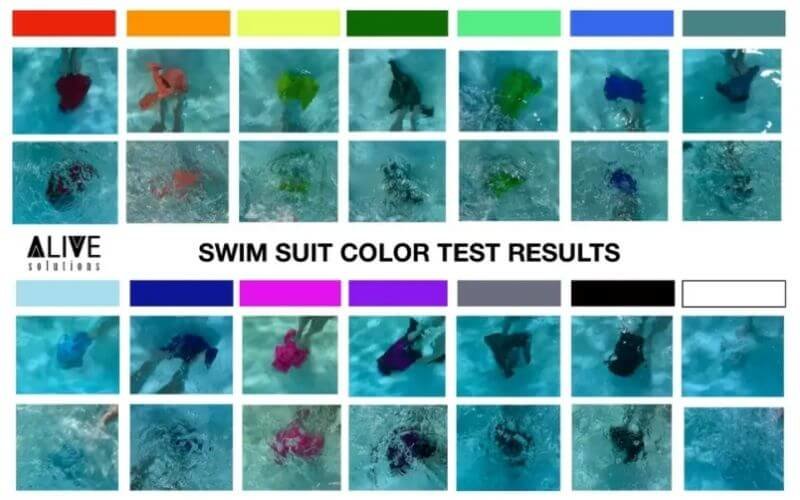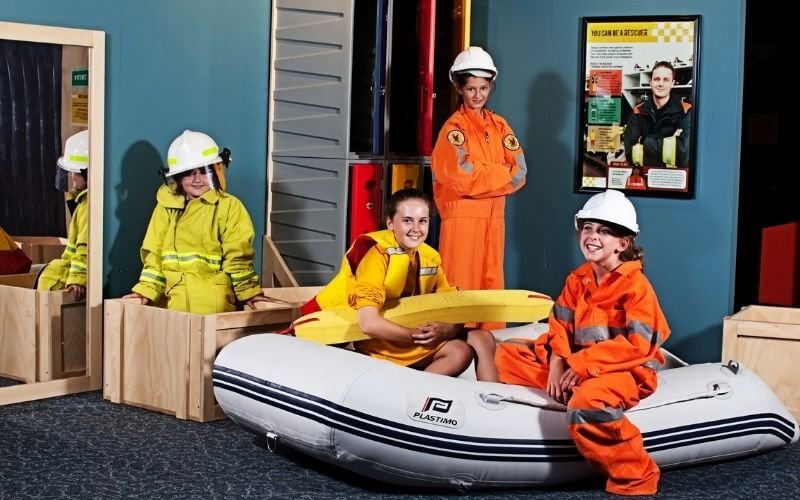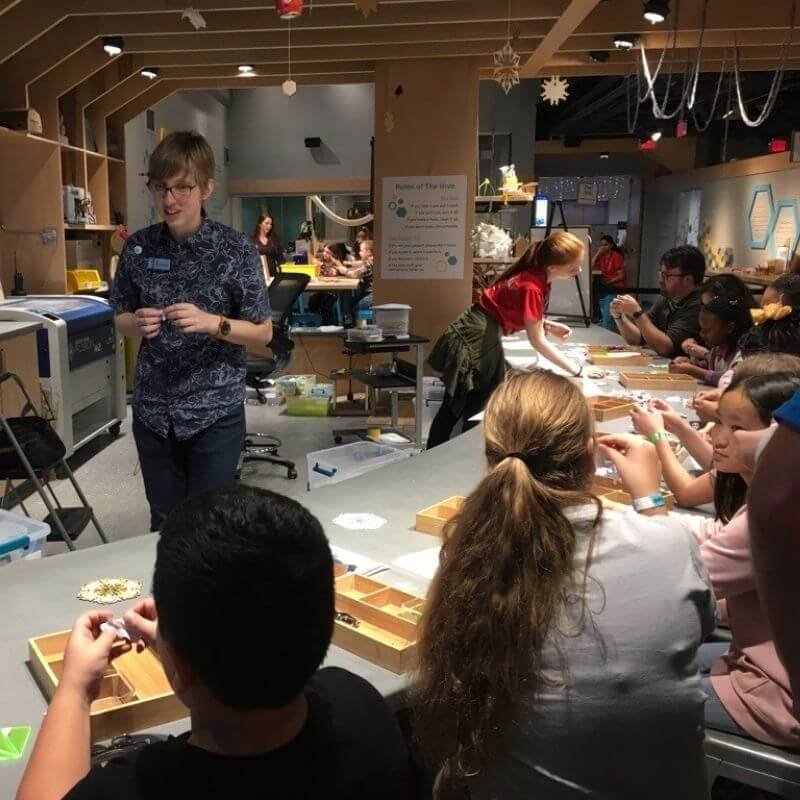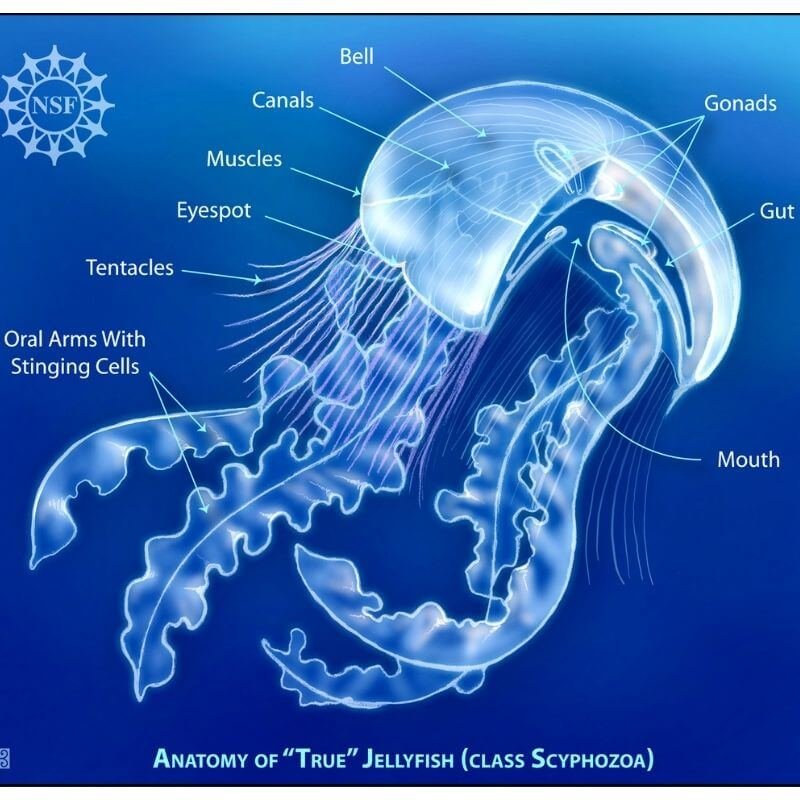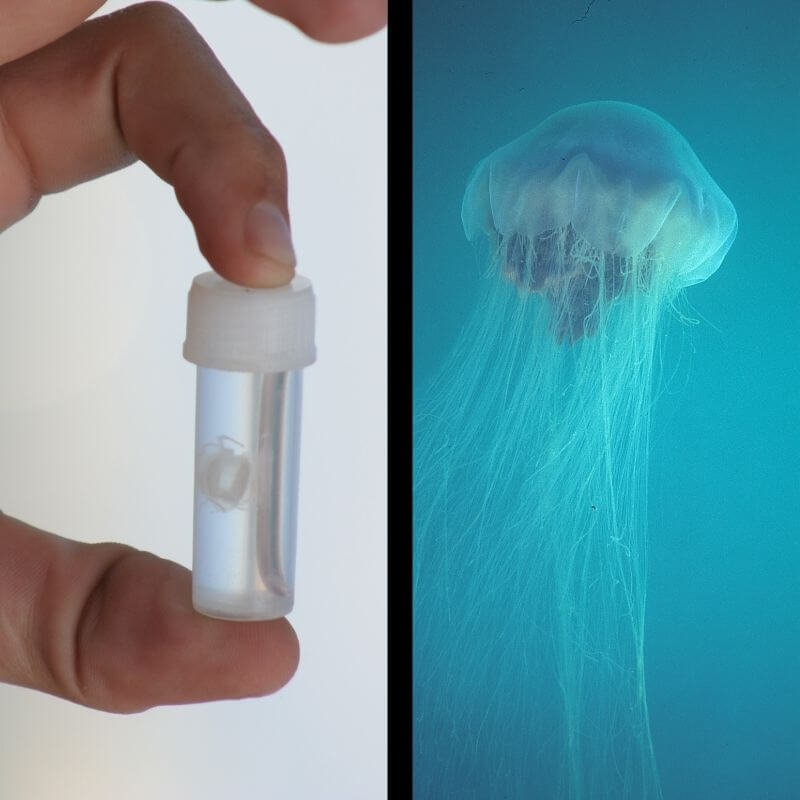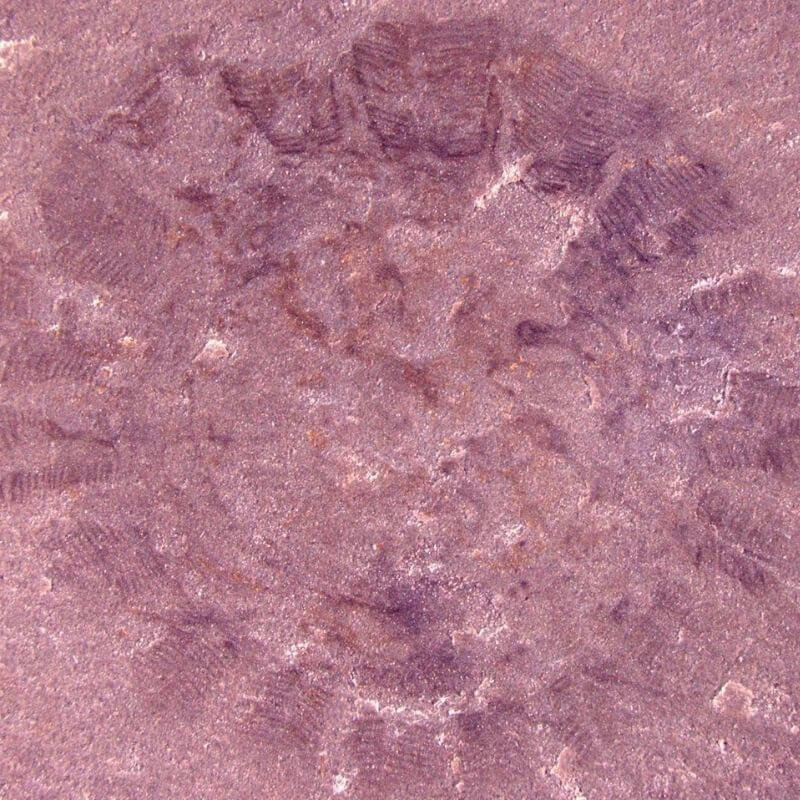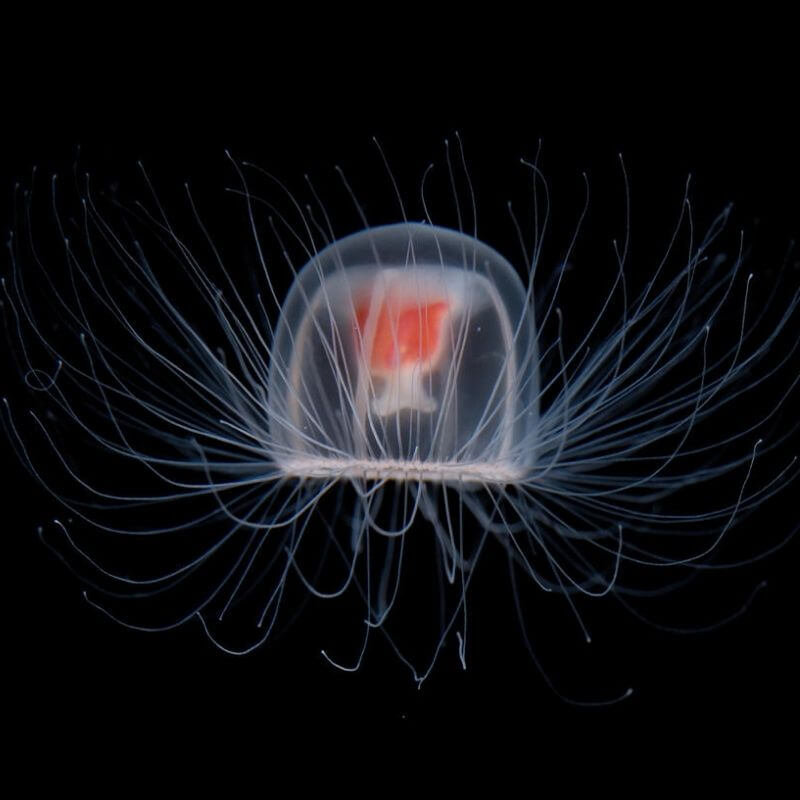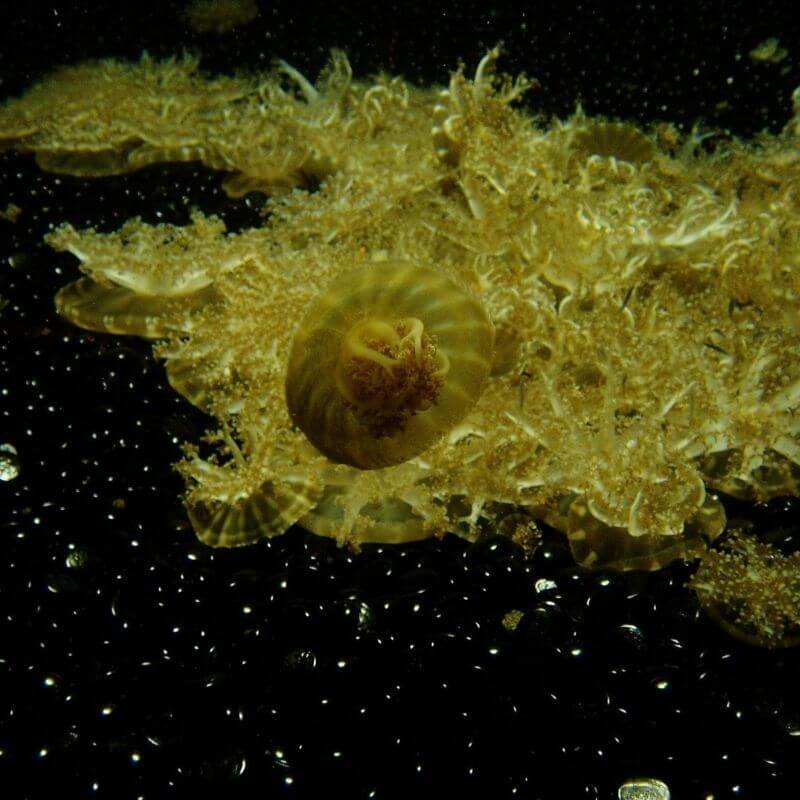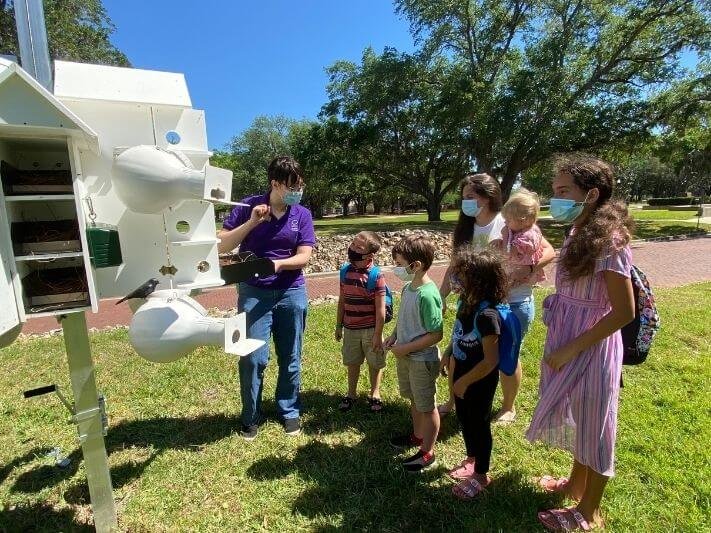Slither in and learn how to identify a legless lizard you may think is a snake
What do you call a lizard with no legs?
You may be waiting for a punchline, but legless lizards are real reptiles that commonly get mis-snake-n for another commonly limbless creature. Florida is home to a few legless lizard species and, you may even come across them while hiking, playing outside, or doing yard work.
Let’s take a closer look at the differences and learn how to identify a legless lizard from a snake. Help remember what you've learned by downloading and filling out this Research Learning Adventure activity sheet as you go!
Research Learning Adventure Activity Sheet
Eyes
While looking right at the eyes of the legless lizard, you can see that they have eye lids. Kind of like you and me! Snakes, however, do not have eye lids. Snakes’ eyes are protected by a durable, see-through eye scale. Glass lizards can blink, but snakes cannot!
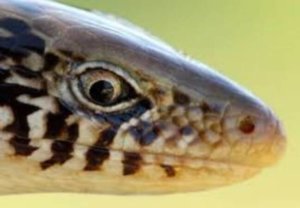
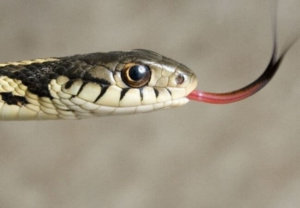
Jaws
Now let’s take a look at the legless lizard’s jaw structure. The upper and lower part are not detachable like in snake species. Snakes can dislocate their jaw using their face muscles to eat large prey. Eastern glass lizards have minimal jaw muscle control and eat mostly insects, small mice, and bird eggs. How wide can you open your mouth? Is your jaw more like the legless lizard, or the snake?
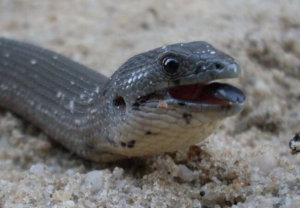
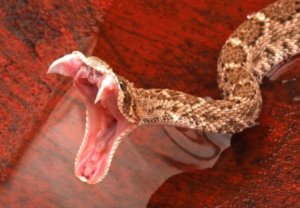
Ears
Legless lizards have on opening on their head for hearing, just like us! Snakes actually use their jaw bones to hear vibrations. Have you ever felt the sound vibrations from a really deep or loud sound? Snakes rely on that sensation to hear all the time! Sound information travels in the form of vibrations from the jaw to the cochlea, a special hearing structure. We have cochlea in our ears too!
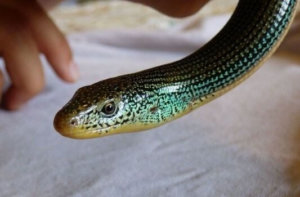
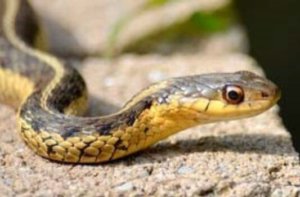
Legless Lizards & Snakes
Legless lizards and snakes are very important parts of Florida habitats. Glass lizards help control our insect populations, while snakes help to control rodent, lizard, and bird populations. Together they help to balance Florida food webs.
Both legless lizards and snakes pose no major threat to humans. Any bites that do happen are usually on accident because the animal was startled and scared. The best thing to do with all wildlife is to keep a safe distance of at least 15 feet away at all times.
Make sure to visit Orlando Science Center to see all the amazing snake species in NatureWorks or learn more about legless lizards and snakes in Florida by checking out this video.


